Tasting notes: April
01.04.25
•5 min read
01.04.25
•5 min read
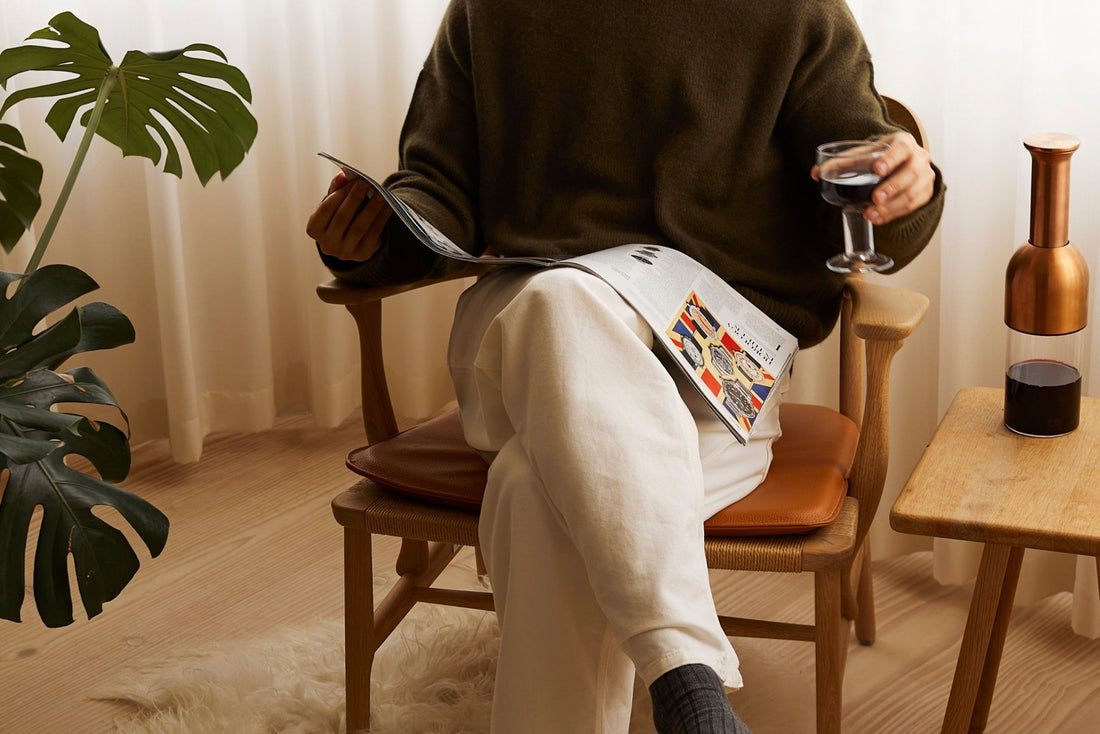
Cheers to curiosity, unexpected journeys, and never taking anything – especially wine – too seriously.
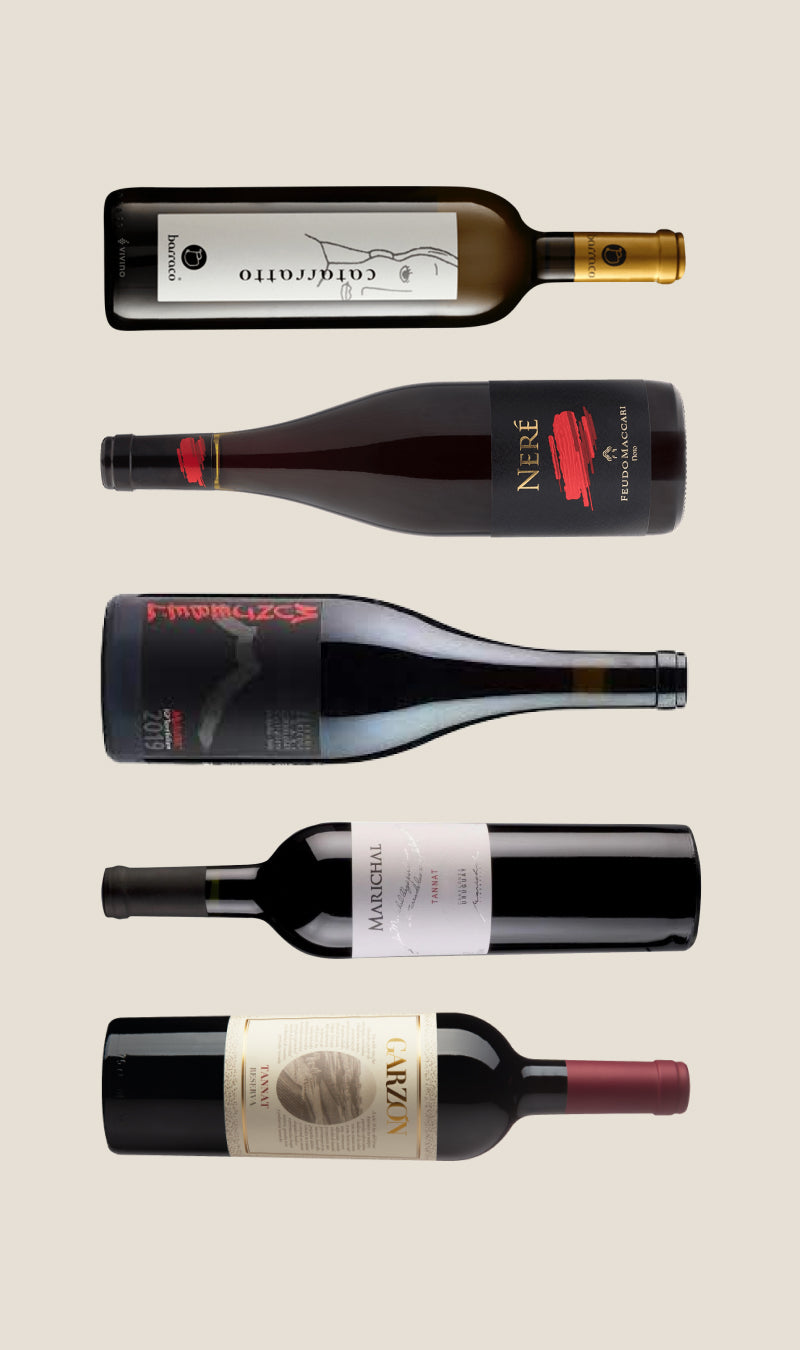
Catarratto or “Lucido” is a dry and refreshing wine with thousands of years of Sicilian heritage. And the Barraco Catarratto, in particular, is a wine with an incredible sense of place. The vineyard is located just a few hundred meters from the Mediterranean over black volcanic soils. The wine spends two days on skins before being pressed off to concrete – it pairs ripe stone fruits with a pronounced smokiness from the land, and a lick of salt from the sea.
Nero d'Avola (black of Avola) is reminiscent of Cabernet Sauvignon, with rich black fruit and tobacco flavours. Neré 2021 honours the tradition of drinking the fruit of the last vintage, before starting the new one by vinifying the wine in steel tanks. The rest of the process is taken care of by the white limestone soil, the sun and the African winds that express the soul of Nero d’Avola in the bottle.
Nerello Mascalese is a rare red grape variety, grown in the volcanic soils of Mount Etna. The taste profile is a more mineral version of a fine Pinot Noir, with red fruit flavours, spice notes of cinnamon and floral dried desert herbs. Frank Cornelissen has produced some truly bewitching wines from the active volcano that put the region into the forefront of drinkers’ minds, and the MunJebel Rosso is one that demands attention and the finest of food pairings.
Tannat is hard to miss in the glass. Dark and inky, as well as intense and concentrated, it takes years of bottle age to become approachable, but winemakers in Uruguay and France have managed to tame the wine. It’s best decanted into eto an hour prior to serving and enjoyed over the course of an evening, as the wine tends to keep evolving in the glass. Its acidity makes it perfect for the dinner table. Try the Marichal Tannat or Bodeo Garzon Tannat from Uruguay, where it’s considered the “national grape” and is perfect with steak.
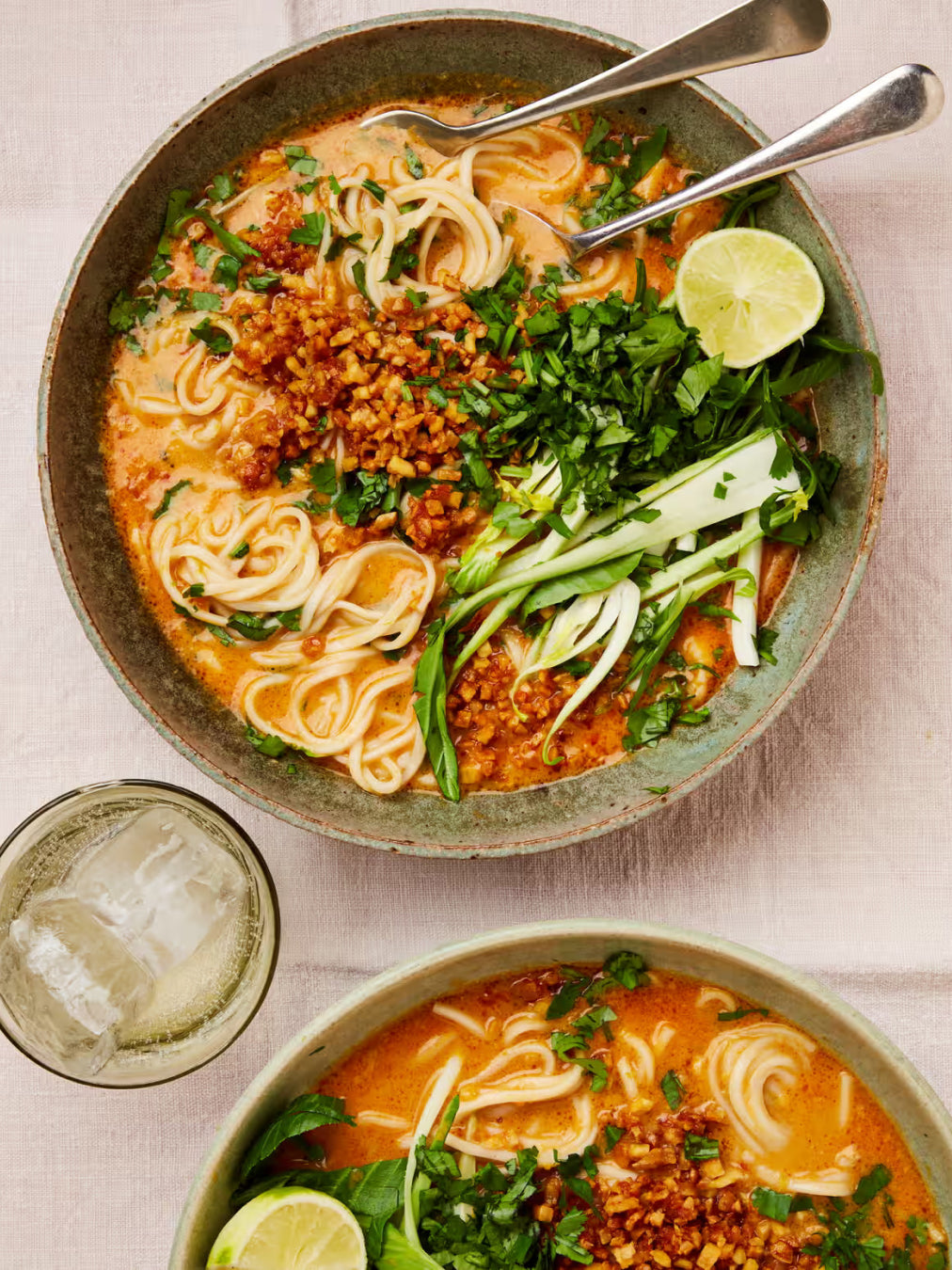
Some combinations make perfect sense – wine and cheese, chocolate and red wine – but what about the unexpected? Peanut butter adds a nutty richness to this ramen recipe, creating a silkier slurp. Mango matched with stilton makes a sharp-sweet contrast that's curiously perfect. And if you’re truly daring – try a red wine milkshake that sounds too outrageous to exist. April Fools’ may be behind us, but we dare you to give it a go.
Sicilian cuisine is bold, intricate, and deeply rooted in its landscape, drawing on a patchwork of influences from North Africa and Spain as well as Italy itself. Alessandro Malfitana, sommelier at San Domenico Palace, emphasises Sicily's rich biodiversity, and supports the "what grows together goes together" principle. Panelle, a popular Sicilian chickpea fritter often served between rustic country bread, is great with Catarratto to balance the fried texture. Nero d'Avola is a food-friendly wine and a match for hearty Italian dishes like stuffed veal rolls, to enhance the herbs and spices. Nerello Mascalese is a versatile wine, perfect with mixed cured meats and savoury cheeses, but even better with traditional Sicilian Caponata.
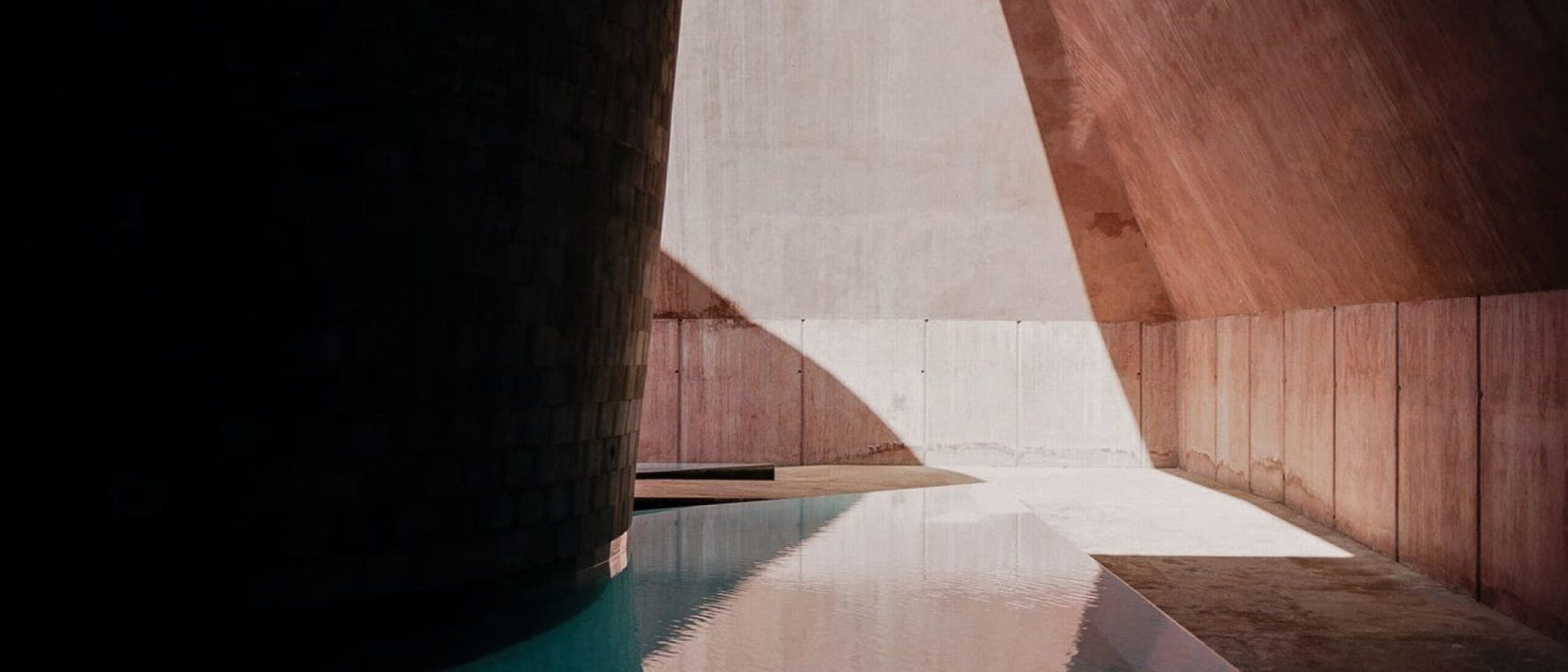
Some spaces are designed not just to be seen, but to be felt. Grundtvig’s Church in Copenhagen, with its towering, expressionist Gothic lines, offers a quiet, meditative grandeur. In Marfa, Texas, Donald Judd’s art pilgrimage has sculptures that turn the desert into a place of intentional pilgrimage, where art belongs in the landscape, not a gallery. James Turrell takes this further with the Second Wind art installation, surrounding visitors with water and sky. Each space invites stillness—a moment to step outside time.
Three exhibitions that offer a fresh perspective on craftsmanship, nature and the unseen.
At Japan House in London, The Craft of Carpentry showcases the intricate wooden joints behind Japan’s temples, with a life-size San-an teahouse to explore. The American Museum of Natural History unveils its vast new expansion, featuring a butterfly vivarium, an insectarium and a five-story Kenneth C. Griffin Exploration Atrium. And at the Australian National Maritime Museum, the Ocean Photographer of the Year exhibition returns – revealing the hidden beauty beneath the waves, no diving required.
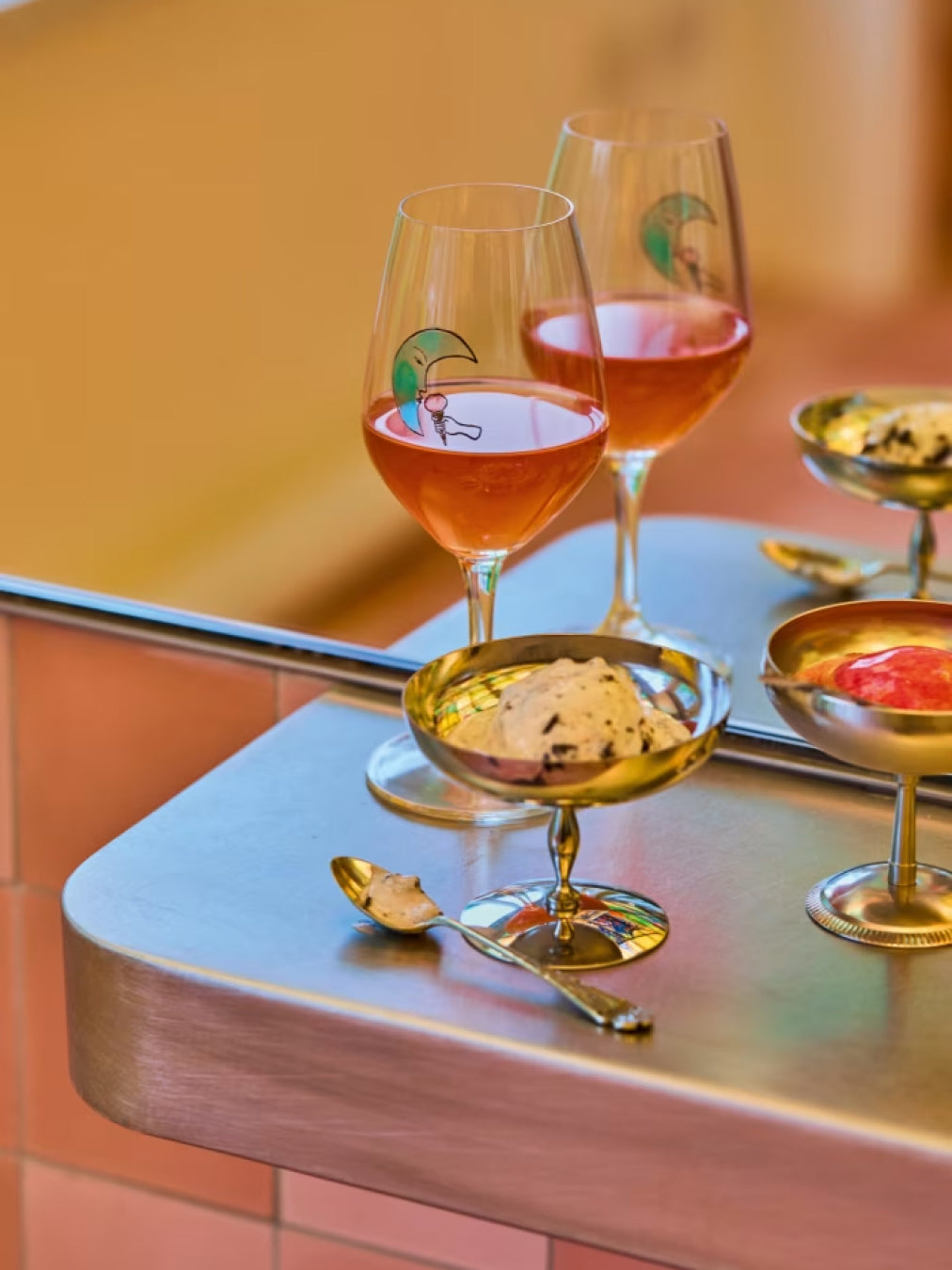
Some restaurants don't need a novel-length menu. They've mastered the art of doing one thing so brilliantly that choice becomes irrelevant. The Dreamery in London, near the must-try Goodbye Horses, serves rotating ice cream flavours like oolong & prune, paired with natural wines and has an old-school tape cassette boom box, to please your inner child. Taku Sando in New York nails Japan’s sandwich culture with shokupan bread and iconic fillings like pork katsu and tamago. And Relais de l’Entrecote in Paris has a simple yet unforgettable menu: walnut salad, tender steak with secret sauce, and crispy fries.
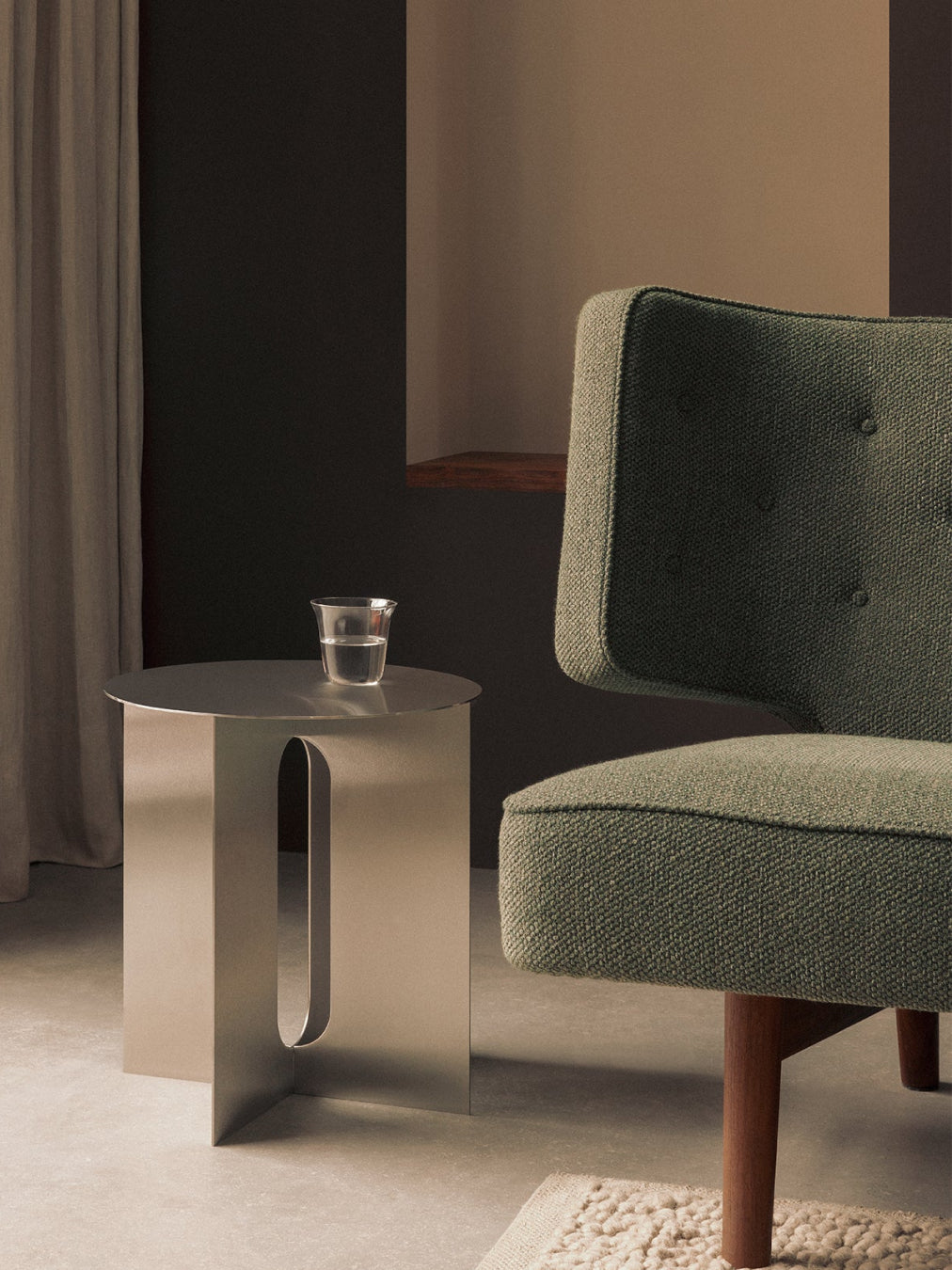
In search of a new perch for your wine glass? Robert Bronwasser’s WIM table blends playful design with practicality – to hold both your evening read and your evening pour. A small but thoughtful upgrade. For something more sculptural, Menu’s Androgyne sidetable is perfectly proportioned, a refined silhouette of solid and soft lines that lives up to its name. And for more of a statement piece, GUBI’s Pedrera coffee table is an airy mid-century classic – and you can match the finish to your eto.
Galestro-rich terracotta is a material that has shaped both architecture and viticulture in the region of Tuscany for centuries. The vaulted cellars of Antinori Winery are lined with terracotta, which creates the perfect microclimate for aging Sangiovese. In Spain, RCR Arquitectes’ Bell-Lloc Winery buries its tasting room underground, where rusted steel mirrors the earth’s tones. And Jean Nouvel’s Chai de Bordeaux has swathed its winery in perforated red aluminum, creating a shimmering effect that shifts with the light – much like a glass of wine in motion.